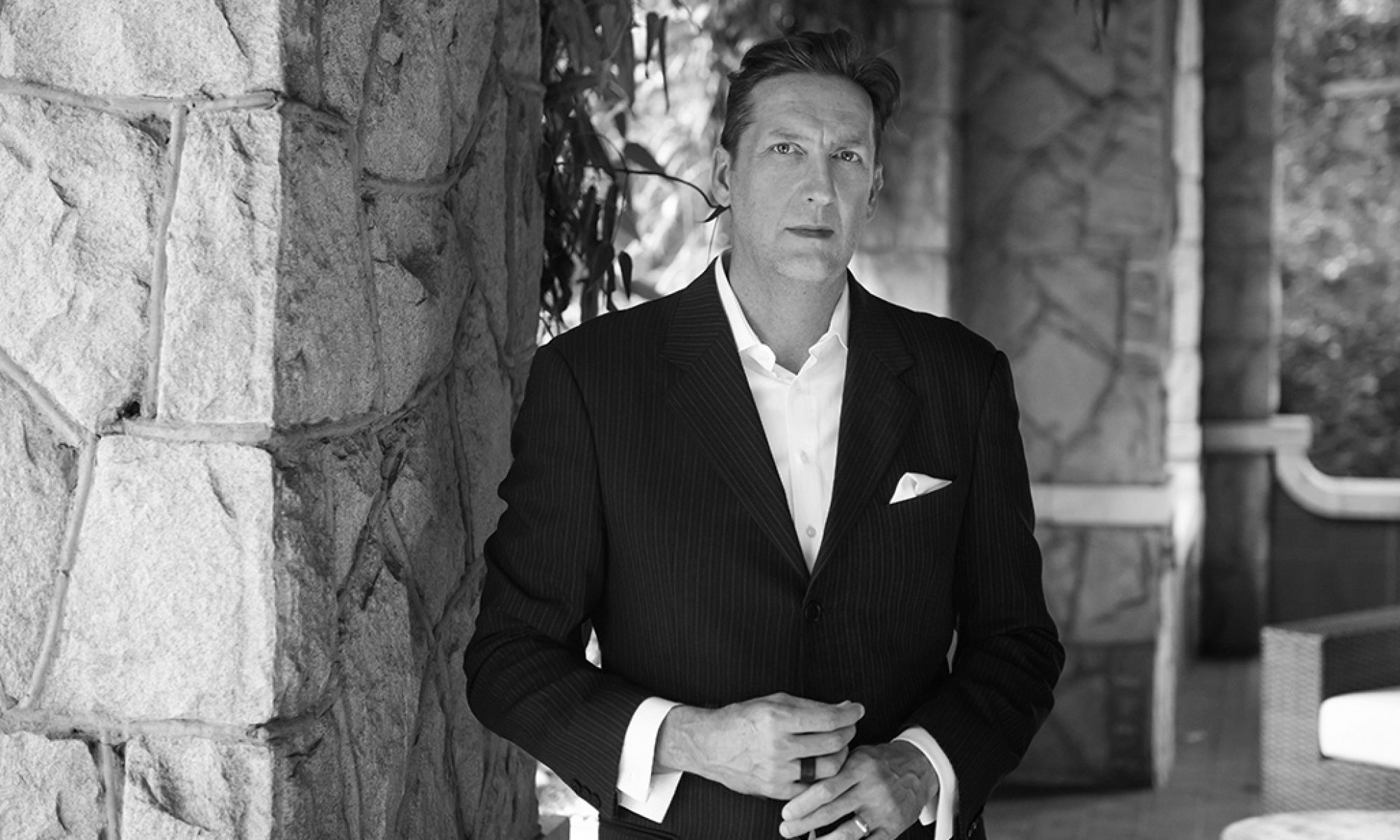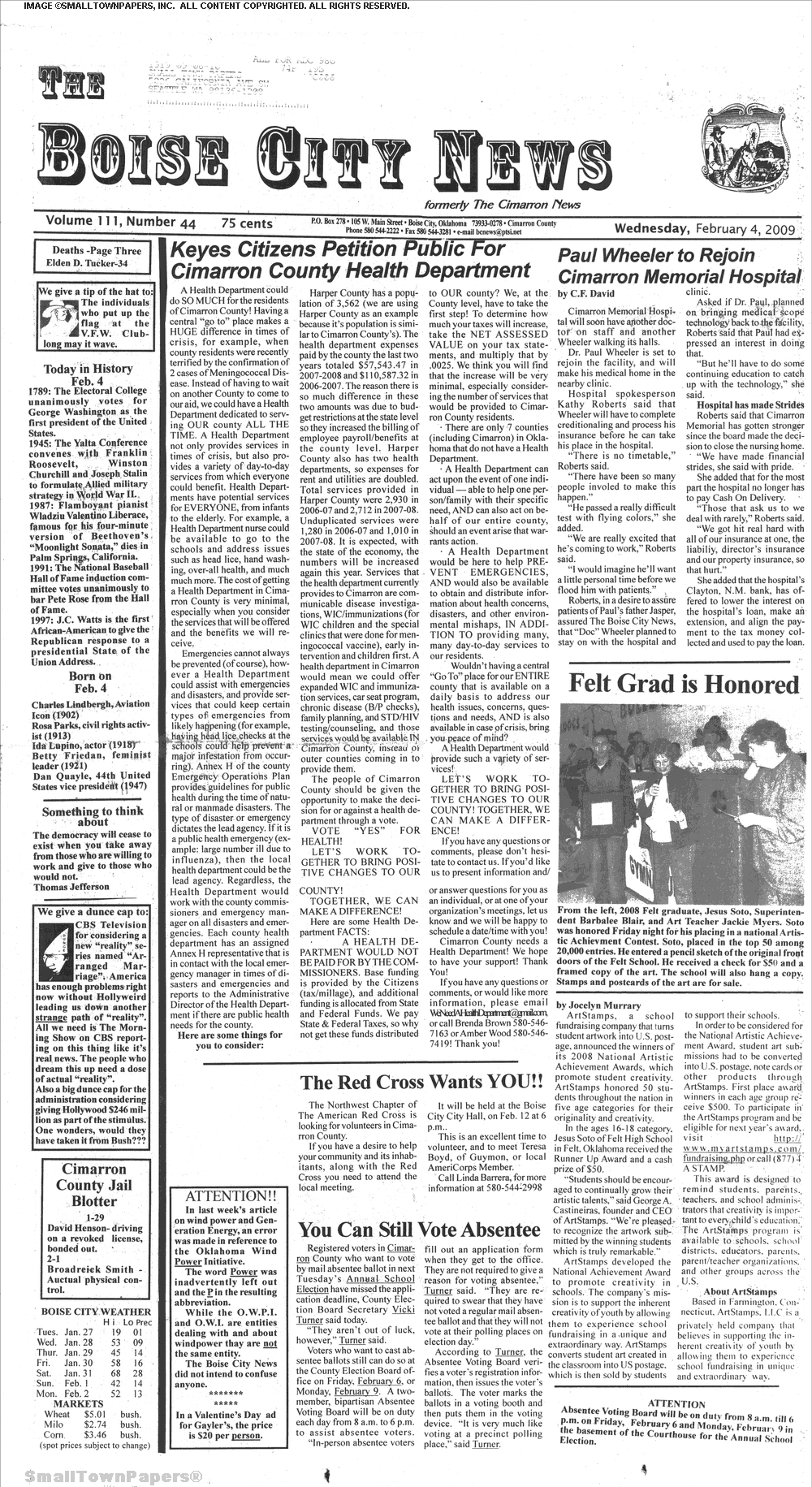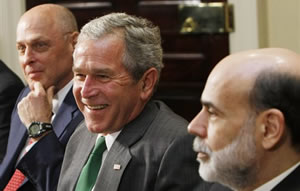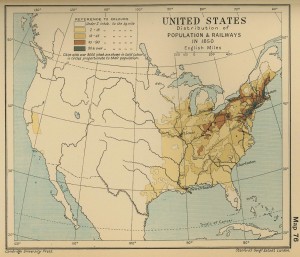The Australian art critic Robert Hughes has cut his widest swath using the cudgel of Time magazine, believe it or not. Books and films by and about him are easy to find and you should find and devour them, notably his collection of essays, Nothing if Not Critical. Below is a speech he gave in England in 2004, ostensibly about the Royal Academy, but by implication it is most certainly also a transposition of the ‘royal’ as in We.
Many years ago, when I was still cutting my first pearly fangs as an art critic, one thing used to be taken for granted by me and practically everyone I knew in what is so optimistically termed the “art world”.
That thing was that all Academies were bad, the enemies of progress – and though nobody knew how to define that slippery notion of progress in the arts, we were all in favour of it, that went without saying.
What, you didn’t like progress? You and Sir Alfred Munnings, fella. And the Royal Academy excited our particular scorn. It seemed to stand for everything that was most retrograde and irrelevant. No serious artist could gain anything from having the tarnished letters RA tacked on to their name, so redolent of boardroom portraits, cockle-gatherers at work or sunny views of Ascot.
Now, historically, this was an odd situation. For, as it was originally set up in 1768, the Royal Academy was only one of a number in Europe: unlike those in Paris, Madrid and elsewhere, it was probably the least official, a product of the English genius for structured informality.
Despite its name, it did not get subventions from the monarch. It enjoyed no government support and no guarantees of private patronage. It supported itself with annual shows, from whose sales it took a modest commission. These shows, which started in 1769, were for many years the chief artistic events in London.
Burlington House was not in any real sense the arm of a cultural establishment, as the French Academy was under the iron thumb of Le Brun. It attracted most of the most gifted and advanced artists then working in England. Nobody could say that a society that counted geniuses of the order of John Constable, JMW Turner or Henry Fuseli among its members was an enemy of inspired art. The counter-example always given is William Blake, who resented Joshua Reynolds’ Discourses and his own tastes in painting, which ran towards Rubens and Rembrandt as well as Michelangelo. This created the idea, which many people still hold, that Reynolds hated Blake and was determined to repress him for his visionary genius.
There is no truth in this. It is one of the pious legends of modernism, a fiction of holy martyrdom. Blake certainly disliked Reynolds, and wrote a number of fierce epigrams to show it. “When Sir Joshua Reynolds died/All Nature was degraded/The King dropt a tear into the Queen’s ear,/And all his pictures faded.” Blake was not the only genius to be intolerant and slightly paranoid. But in fact the Academy didn’t do so badly by Blake, and he continued to exhibit at it throughout most of his life. And there were a number of issues, such as the need for an art of high spiritual and historical seriousness, on which the two men certainly agreed, though they had different ideas on how to create it.
The myth of Reynolds’ opposition to Blake fitted in nicely with a much later idea of the Academy as enemy of the new: but this really took hold in the first half of the 20th century, during which the Academy elected a series of ever-more conservative presidents, a process that reached a climax of sorts in the late 1940s when Sir Alfred Munnings – a brilliant horse-painter in his better moments but a paranoid blimp of a man – set out to use his presidency as a stick with which to beat Picasso, Matisse and assorted other Frogs, Wops, Huns and other denizens of that despicable place, Abroad.
Since Munnings raucously hated everything that Hitler had just been trying to wipe out as Degenerate Jewish Art, his timing was distinctly off. The Royal Academy, it seemed, had shot itself in the foot so dramatically that it no longer had even the stump of a leg to stand on.
By the time I first came to live in England, and for years thereafter, the obsoleteness of the Royal Academy as a benign factor in the life of contemporary art was simply assumed as a fact. I never heard any of the artists I knew at the end of the 60s mention it, let alone talk about some desire to join it. Nevertheless, one went to its shows, which were sometimes complete eye-openers. I will never forget the impact that the great Bonnard exhibition of 1966 had on me, or more recently, the 1987 show of British art in the 20th century. The chance to see shows like that, I realised, was one reason why I had wanted to leave Australia in the first place.
Anyway, as the years wore on, it began to seem a bit absurd to bear the Academy ill-will for things that happened in Burlington House when you were less than 10-years-old, or even not yet born. The rhetoric of Modernism had tried very hard, desperately hard, to separate itself from the Academic. It was as though the Academy were a kind of Medusa’s head, whose gaze could turn talent to stone. The very term had been made into a dirty word, a word of abuse. But could that be the whole story? Looking back, I do not think so. As we know from Joshua Reynolds’ Discourses, if we take the trouble to read them – which practically no one does – the Royal Academy once had very pronounced views on what constituted the great and the good in art. These views are now so out of currency that no one holds them. The idea that a revived Academy would or could clamp an iron fist of conformity on English painting and sculpture is simply absurd. It did not do that even in the 18th century. But there are quite clear and to me convincing reasons why we need such a revival today. And they have nothing to do with the elaboration of rules and conventions.
First of all, the idea of a democratised institution run by artists is an extremely valuable one. It was valuable in the 18th century and it is still today. And the good it can do for art cannot be replaced by either the commercial dealing system or by the national museums. I don’t want to disparage dealers, collectors or museum directors, by the way. But I don’t think there is any doubt that the present commercialisation of the art world, at its top end, is a cultural obscenity. When you have the super-rich paying $104m for an immature Rose Period Picasso – close to the GNP of some Caribbean or African states – something is very rotten. Such gestures do no honour to art: they debase it by making the desire for it pathological. As Picasso’s biographer John Richardson said to a reporter on that night of embarrassment at Sotheby’s, no painting is worth a hundred million dollars.
An institution like the Royal Academy, precisely because it is not commercial, can be a powerful counterweight to the degrading market hysteria we have seen too much of in recent years. I have never been against new art as such; some of it is good, much is crap, most is somewhere in between, and what else is news? I know, as most of us do in our hearts, that the term “avant-garde” has lost every last vestige of its meaning in a culture where anything and everything goes. Art does not evolve from lower states to higher. The scientific metaphors, like “research” and “experiment”, that were so popular half a century ago, do not apply to art. And when everything is included in the game, there is no game to be ahead of. A string of brush marks on a lace collar in a Velásquez can be as radical as the shark that an Australian caught for a couple of Englishmen some years ago and is now murkily disintegrating in its tank on the other side of the Thames. More radical, actually.
But I have always been suspicious of the effects of speculation in art, and after 30 years in New York I have seen a lot of the damage it can do: the sudden puffing of reputations, the throwing of eggs in the air to admire their short grace of flight, the tyranny of fashion. It is fair that collectors should have influence: some of them really deserve to have it, although these are often the ones who care least about the power trip of wielding it – one thinks of those great benefactors the Sainsburys, for instance. But it is ridiculous that some of them should have the amount of influence they do merely because the tax laws enable them to use museums as megaphones for their own sometimes-debatable taste. Now England is far ahead of the US in such matters. I don’t know of one major American museum that has an artist on its board of trustees, as the Tate, the National Gallery, and others here do. But you should go further. I believe it’s not just desirable but culturally necessary that England should have a great institution through which the opinions of artists about artistic value can be crystallised and seen, there on the wall, unpressured by market politics: and the best existing candidate for such an institution is a revitalised Royal Academy, which always was dedicated to contemporary art.
Part of the Academy’s mission was to teach. It still should be. In that regard, the Academy has to be exemplary: not a kindergarten, but a place that upholds the primacy of difficult and demanding skills that leak from a culture and are lost unless they are incessantly taught to those who want to have them. And those people are always in a minority. Necessarily. Exceptions have to be.
In the 45 years that I’ve been writing criticism there has been a tragic depreciation in the traditional skills of painting and drawing, the nuts and bolts of the profession. In part it has been caused by the assumption that it’s photography and its cognate media – film and TV – that tell the most truth about the visual.
It’s not true. The camera, if it’s lucky, may tell a different truth to drawing – but not a truer one. Drawing brings us into a different, a deeper and more fully experienced relation to the object. A good drawing says: “not so fast, buster”. We have had a gutful of fast art and fast food. What we need more of is slow art: art that holds time as a vase holds water: art that grows out of modes of perception and whose skill and doggedness make you think and feel; art that isn’t merely sensational, that doesn’t get its message across in 10 seconds, that isn’t falsely iconic, that hooks onto something deep-running in our natures. In a word, art that is the very opposite of mass media. For no spiritually authentic art can beat mass media at their own game. This was not a problem when the Academy was founded, because in 1769 such media were embryonic or non-existent. A quarter of a millennium later, things are different. But drawing never dies, it holds on by the skin of its teeth, because the hunger it satisfies – the desire for an active, investigative, manually vivid relation with the things we see and yearn to know about – is apparently immortal. And that, too, is why we need the Royal Academy: perhaps even more now than 50 or 100 years ago. May it live as long as history allows.



